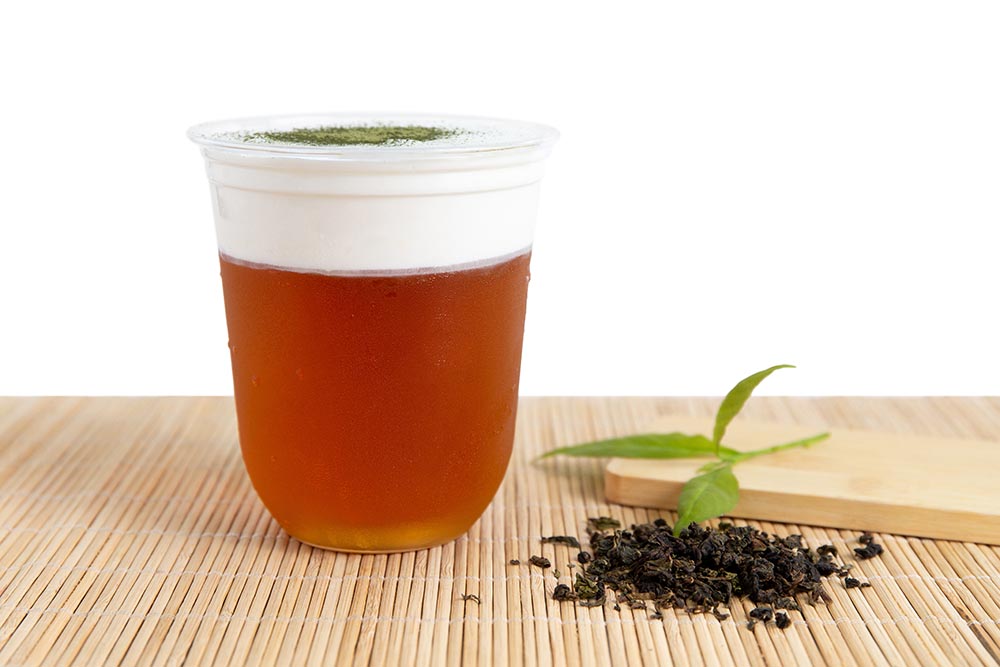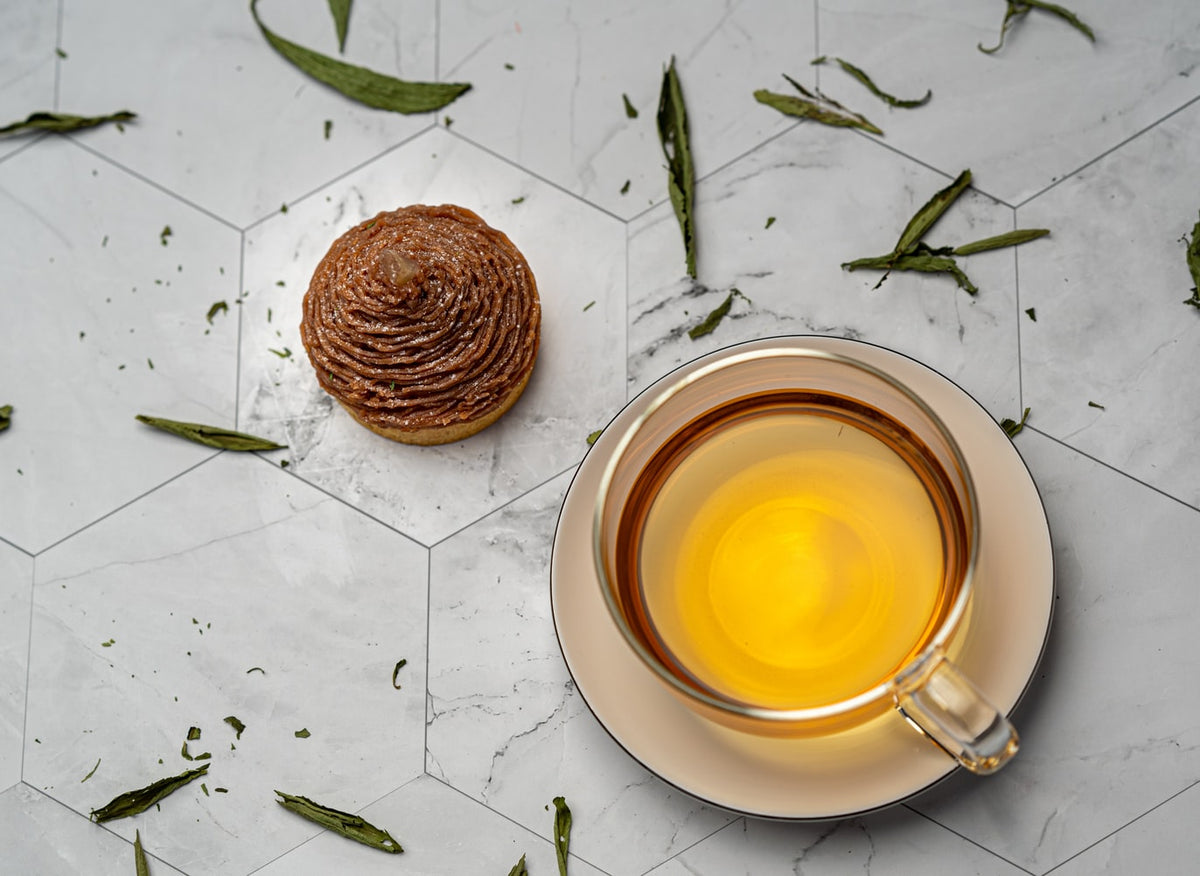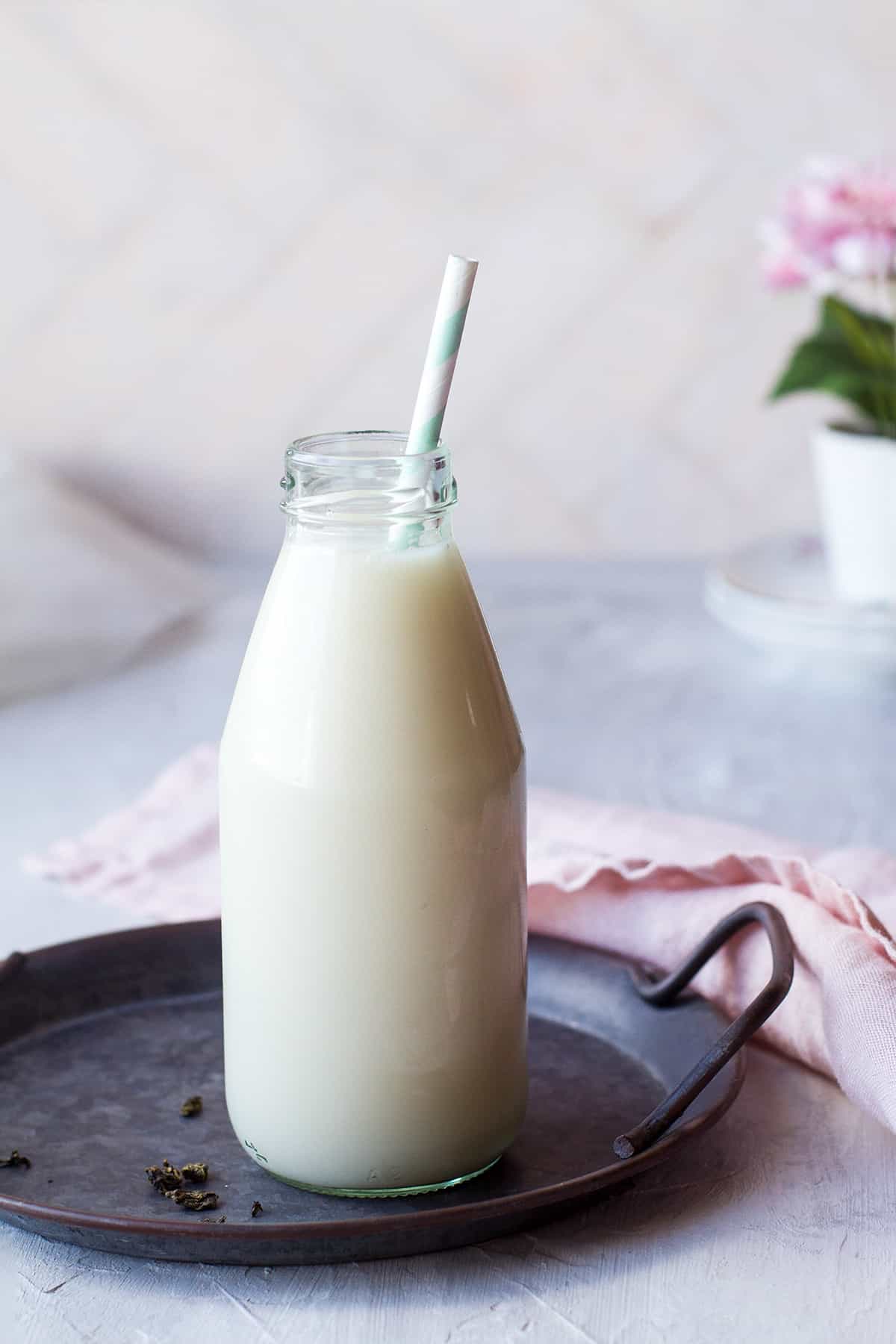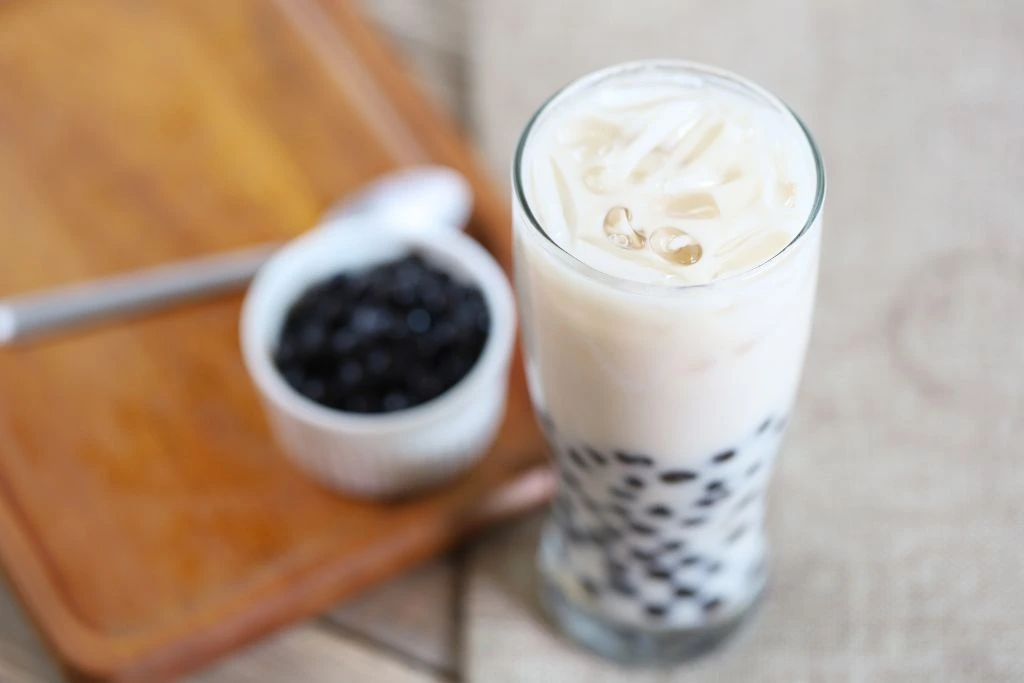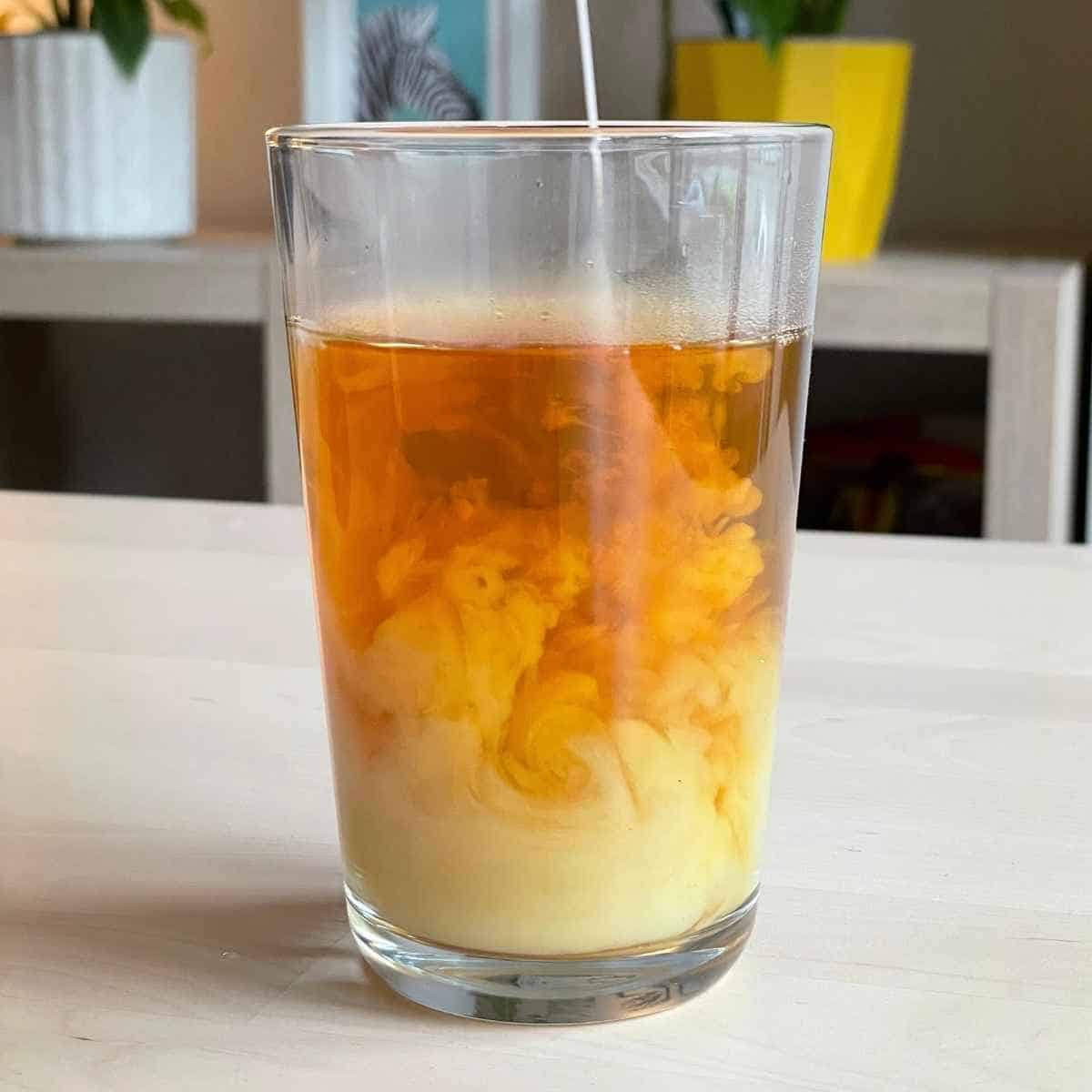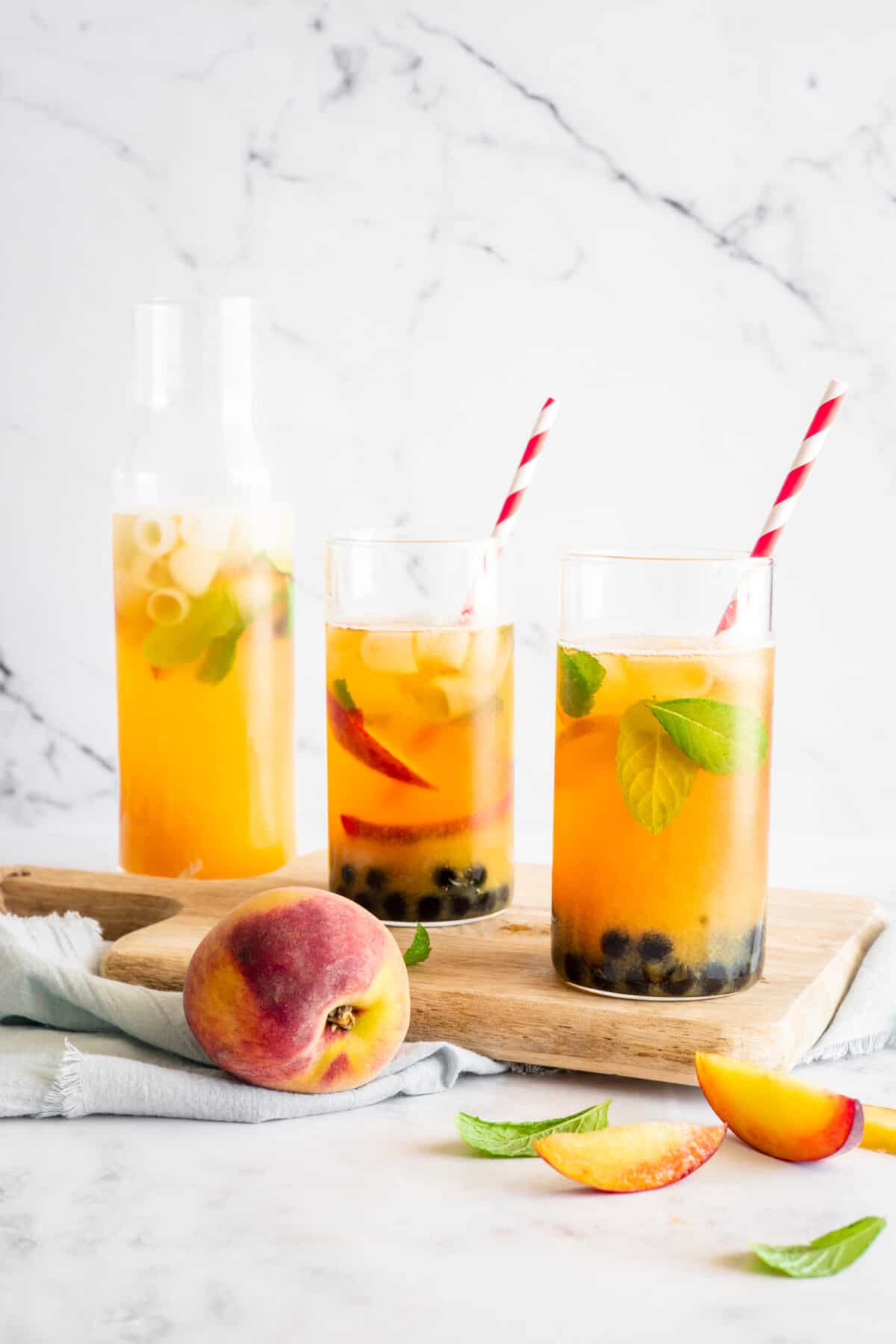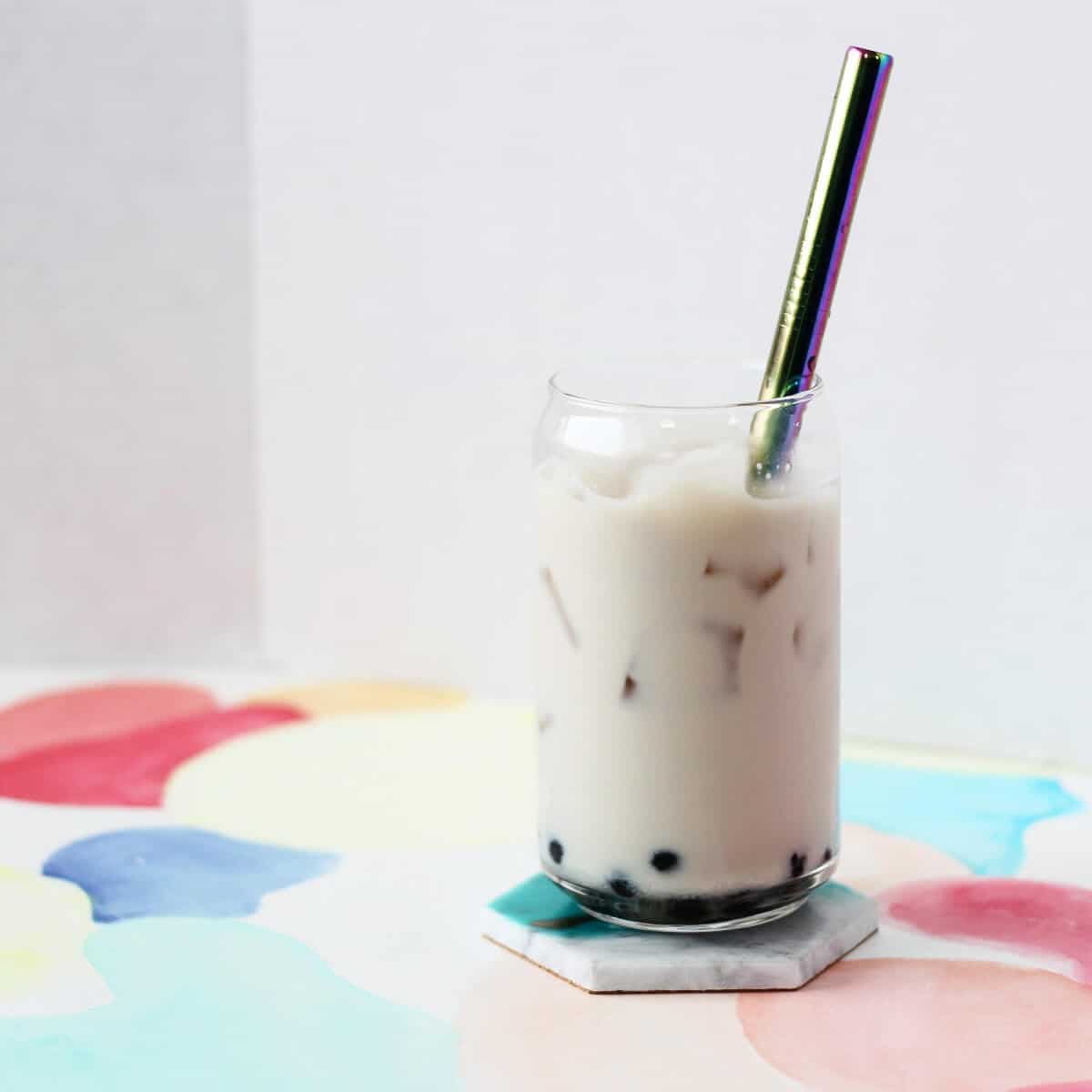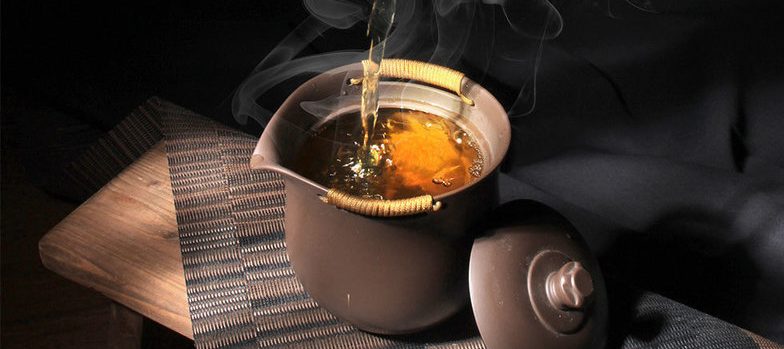Oolong tea
Formosa oolong tea
Oolong is a traditional semi-oxidized Chinese tea (Camellia sinensis) produced through a process that includes withering the leaves under strong sun and allowing some oxidation to occur before curling and twisting. Most oolong teas, especially those of fine quality, involve unique tea plant cultivars that are exclusively used for particular varieties. The degree of oxidation, which is controlled by the length of time between picking and final drying, can range from 8% to 85% depending on the variety and production style. Oolong is especially popular in southeastern China and among ethnic Chinese in Southeast Asia, as is the Fujian preparation process known as the gongfu tea ceremony. Different styles of oolong tea can vary widely in flavor. They can be sweet and fruity with honey aromas, woody and thick with roasted aromas, or green and fresh with complex aromas, all depending on the horticulture and style of production. Several types of oolong tea, including those produced in the Wuyi Mountains, Nanping of northern Fujian, such as Da Hong Pao, are among the most famous Chinese teas. Different varieties of oolong are processed differently, but the leaves are usually formed into one of two distinct styles. Some are rolled into long curly leaves, while others are "wrap-curled" into small beads, each with a tail. The former style is the more traditional.
Source: Wikipedia
Recipes
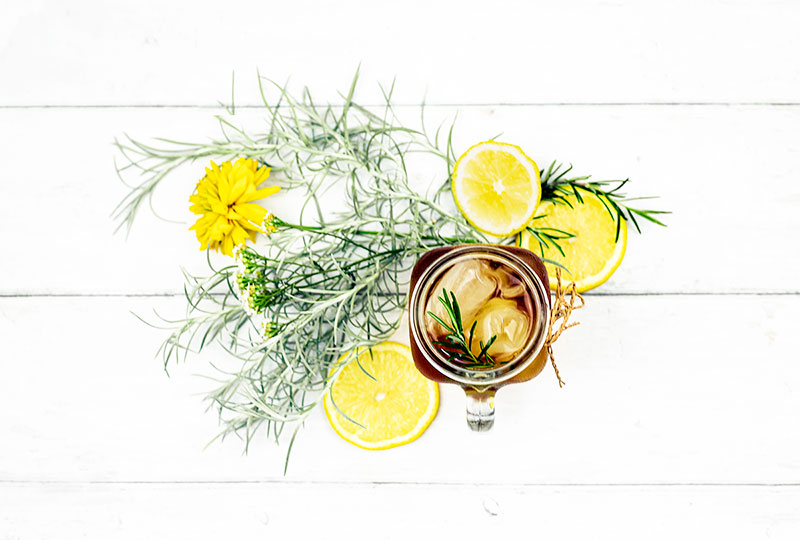
:max_bytes(150000):strip_icc()/oolong-iced-tea-recipe-766389-hero-07-1cc310d9aa8f497b8f78bb7021fd0e5c.jpg)
